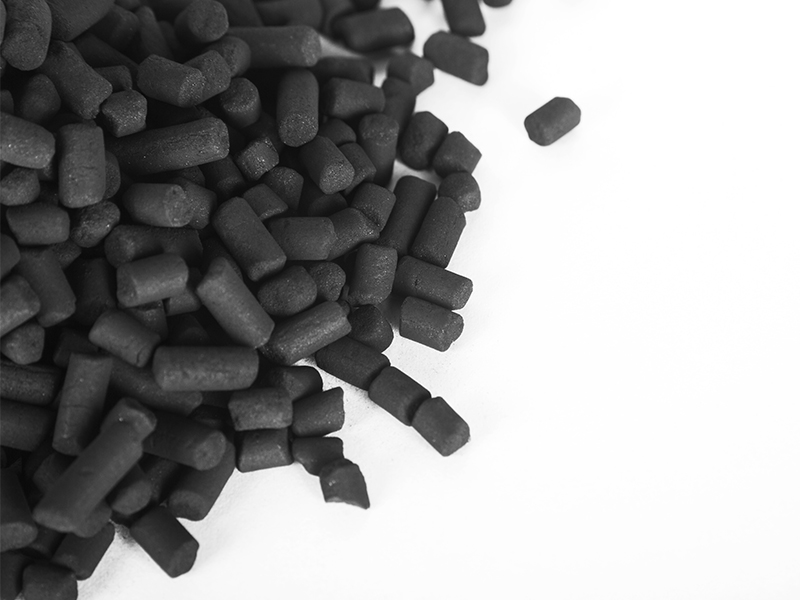Active carbon for gas mask
Active carbon gas mask is a very common type of gas mask in modern society, and its application is still relatively extensive. In many dangerous industries, active carbon gas masks often protect people from the trouble of gas or dust.
The gas mask is mainly divided into three parts: mask, breathing tube and canister. Active carbon layer, chemical adsorption layer and smoke control filter layer play the main role in the canister. The arrangement order of each layer in different canister is different. The activated carbon layer is mainly used to adsorb toxic gas. Due to its large surface area and strong adsorption capacity, activated carbon is used in gas masks.
The performance of the active carbon absorption tank used as a gas mask is expressed by the penetration time (life) of a representative gas at a certain concentration. The breakthrough time of activated carbon absorption tank varies with the type of organic vapor. The key part of the active carbon gas mask is the canister. The canister consists of three parts: the active carbon layer, the chemical absorption layer and the filter layer. They have different functions. Active carbon layer is mainly used to absorb toxic gas, while chemical absorption layer is mainly used to absorb toxic gas. It makes the toxic gas react with the chemicals in the chemical layer and neutralize the toxic substances. The filter layer is composed of multiple layers of gauze and fiber, which is mainly used to filter the dust in the toxic gas. These organic parts complement each other and jointly complete the whole process of anti-virus.
Generally, active carbon or chemically treated active carbon is used as the material of toxic filter material, and the toxic gas or vapor is filtered by adsorption or chemical reaction without being inhaled by people. There are many micropores in the internal structure of activated carbon which can form a large specific surface area. These micropores can inhale toxic vapor and gas molecules with different molecular sizes without escaping. Of course, the requirements for the treatment and installation of activated carbon are very high. If the treatment is improper or the activated carbon particles are very thick, resulting in a gap between the particles, then the toxic gas will penetrate into the respiratory tract from the gap, and will not be absorbed. Therefore, it is very unscientific to let workers change the activated carbon in bags. The activated carbon in a good chemical filter box should be packed tightly, with small particle size and large specific surface area, so that the anti-virus time will be long, and at the same time, the respiratory resistance should be small and the wearing should be comfortable. Generally speaking, different types of chemical filter box can prevent different types of chemical substances, such as organic, acid, comprehensive anti-virus, ammonia, etc.
In order to improve the performance of gas mask, activated carbon can be treated. For example, impregnation treatment with chemicals, adding different catalysts to make it have the characteristics of selective adsorption of different toxic gases. The compounds of copper, zinc, silver, chromium, manganese, diamond, vanadium and platinum, and pilpan are commonly used in impregnation. Granular activated carbon with large pores and more transition pores shall be selected for impregnation.




